Before introducing a stretch A220 variant, Airbus need to make the effort worthwhile by ramping up production. And they’re really trying!
Airbus builds its aircraft from parts it makes in multiple sites in Europe, which it then ships to one of several Final Assembly Lines (FALs). Not all of these lines are in Europe, but even for those that are, Airbus uses multiple transportation methods. Basically, all of them – road, rail, barges and ships in waterways, and even its fleet of Beluga transporters – come into play.
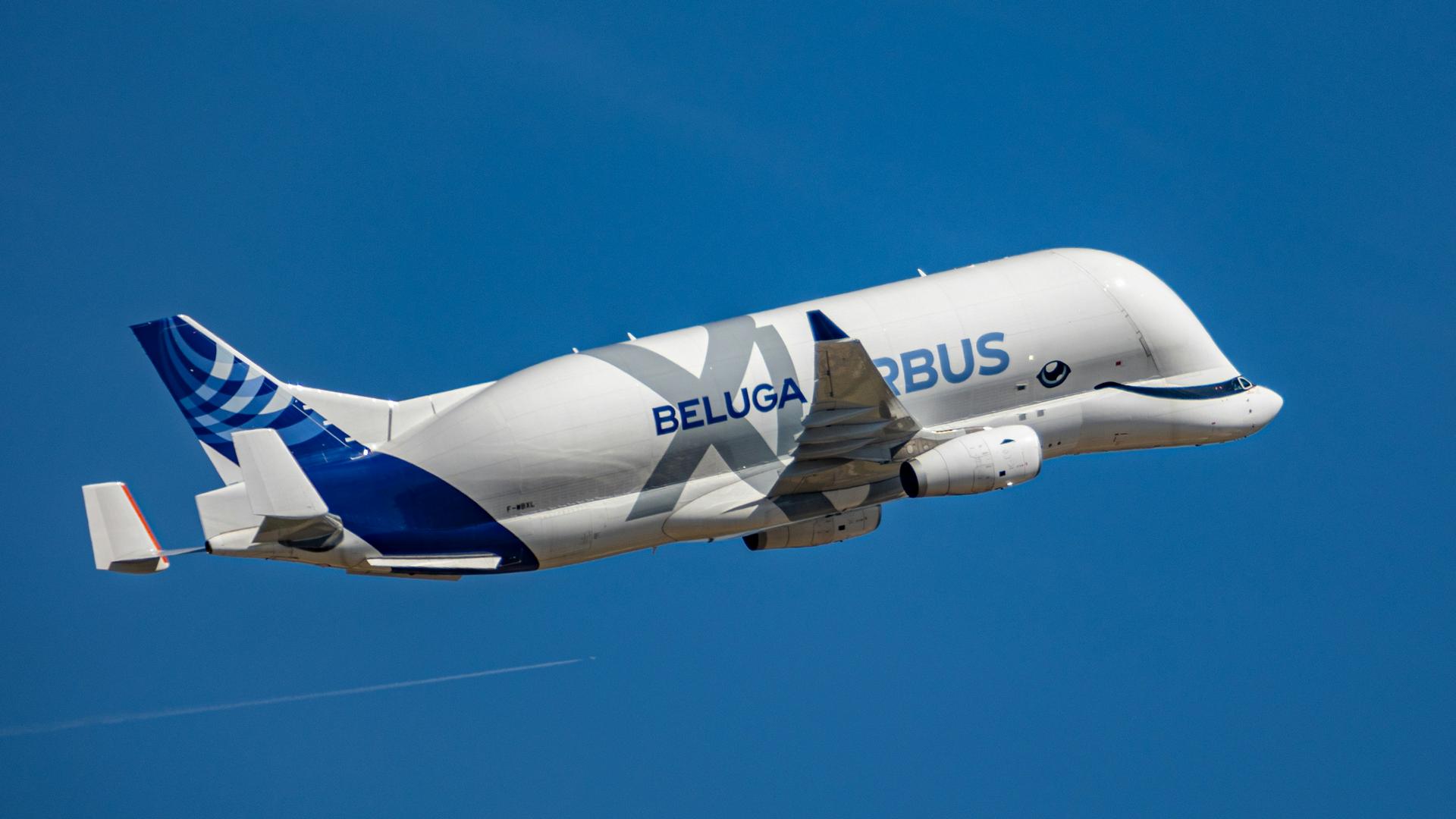
But that’s what’s happening only with the aircraft families that Airbus itself has designed. Airbus builds the A220 in North America, with FALs in Mirabel, Canada, and Mobile, Alabama, USA. That’s because the A220 started life as the Bombardier CSeries.
Airbus “inherited” the Mirabel site in Canada and had to stretch its own Mobile plant in the US (until then an A320 assembly site) to introduce a new A220 FAL there. However, in general, Airbus has worked hard to evolve its assembly and build processes for the rest of its line. And doing the same for the A220 has been a struggle.
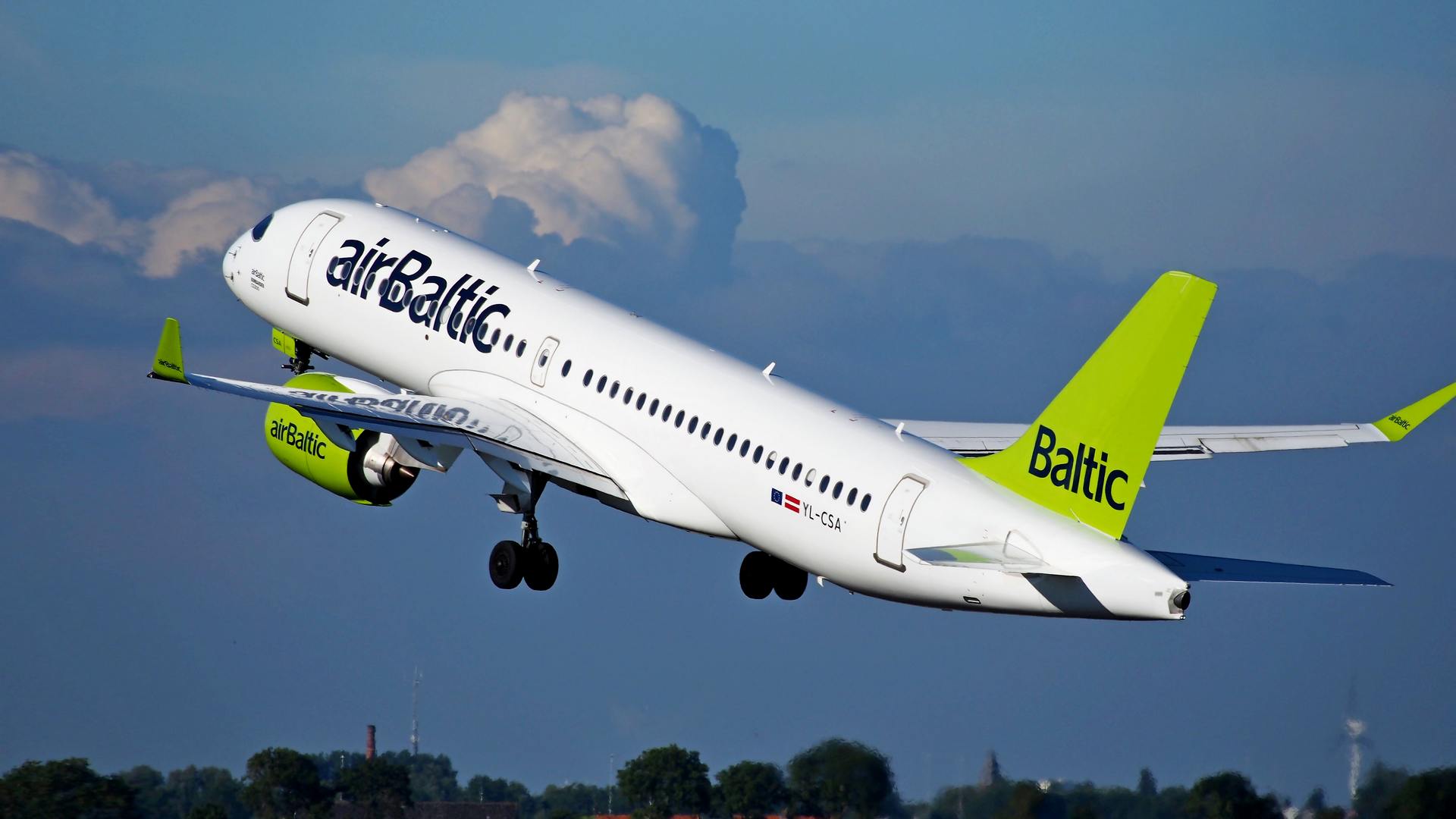
Stretch A220 – Already Engineered
A stretch variant had been on the cards for the A220 since before it got that name. Bombardier designed the aircraft with such a stretch in mind. The plane’s wing can handle the extra weight, although it would likely need some more power out of its engines.
But before Airbus can launch an A220 stretch, it has to wait until the type’s production as a whole is stable and profitable. Right now, it is neither. Each A220 still takes too long to build, something that Airbus has been working on by optimizing production and transportation processes.

A key issue here is the A220 wing. It is made in Northern Ireland, in the Shorts Aircraft facility that currently belongs to Spirit Aerosystems. Airbus has agreed to purchase this plant as part of the process of splitting up Spirit with Boeing.
In September of this year, Airbus hired an Antonov An-124 freighter to ship sets of wings from Belfast to Mirabel. It is unclear at this time how many such flights were made and how many wings each flight carried.
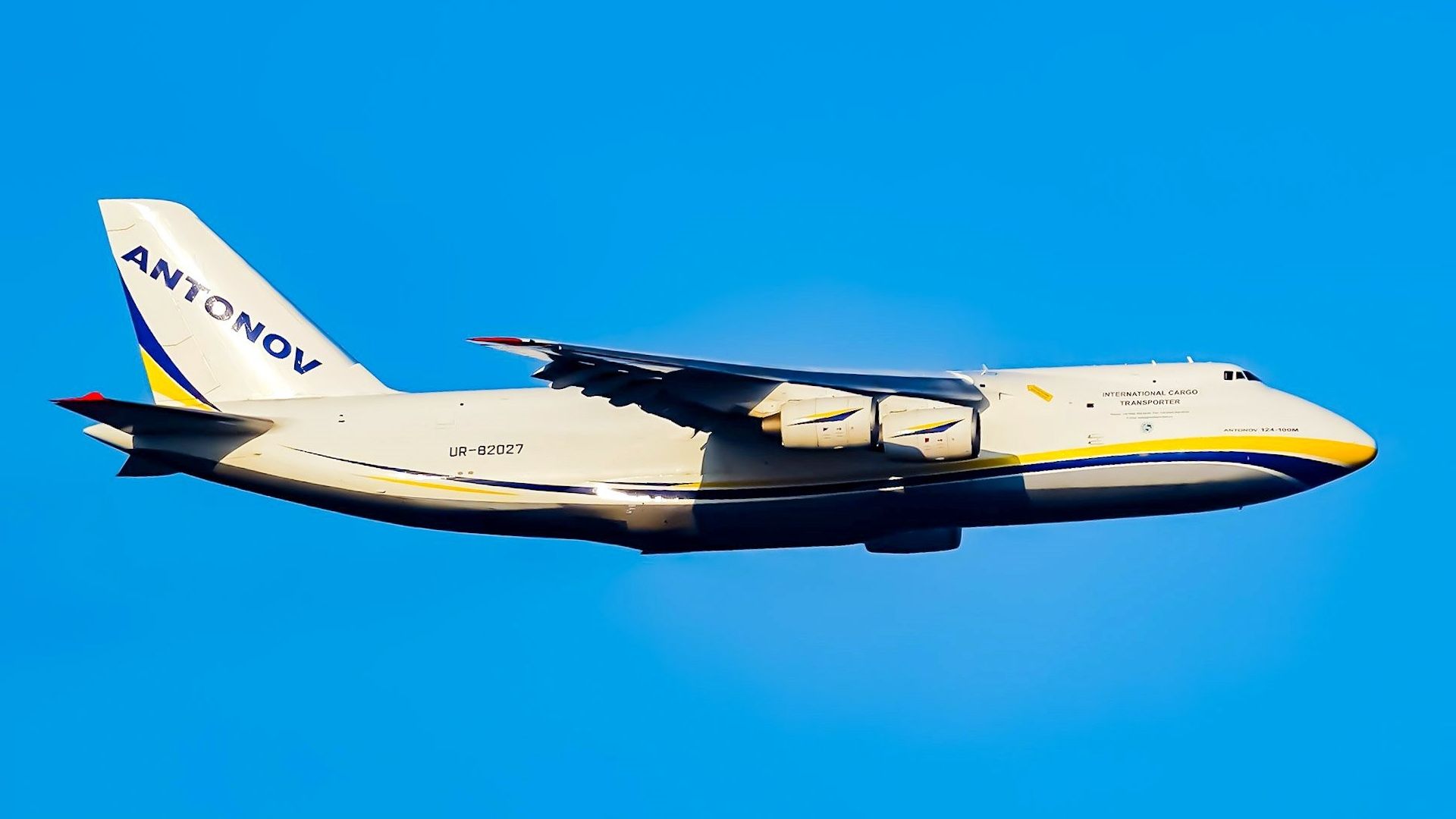
Exploring Shipping Options?
Airbus would certainly prefer to use its own Belugas to carry A220 wings across the Atlantic, but that would involve building dedicated facilities for the aircraft in Belfast and Mirabel. At least some of the latest Beluga XL variants have 3-hour ETOPS certification.
However, the reason for the Antonov flights appears to be a need to quickly “normalize” A220 production. Normally, Airbus uses shipping to carry its wings across the Atlantic. Spirit confirmed that it targets “a substantial increase” in A220 wing production. Airbus has been planning to ramp up A220 production to 14 planes per month since at least the middle of last year.
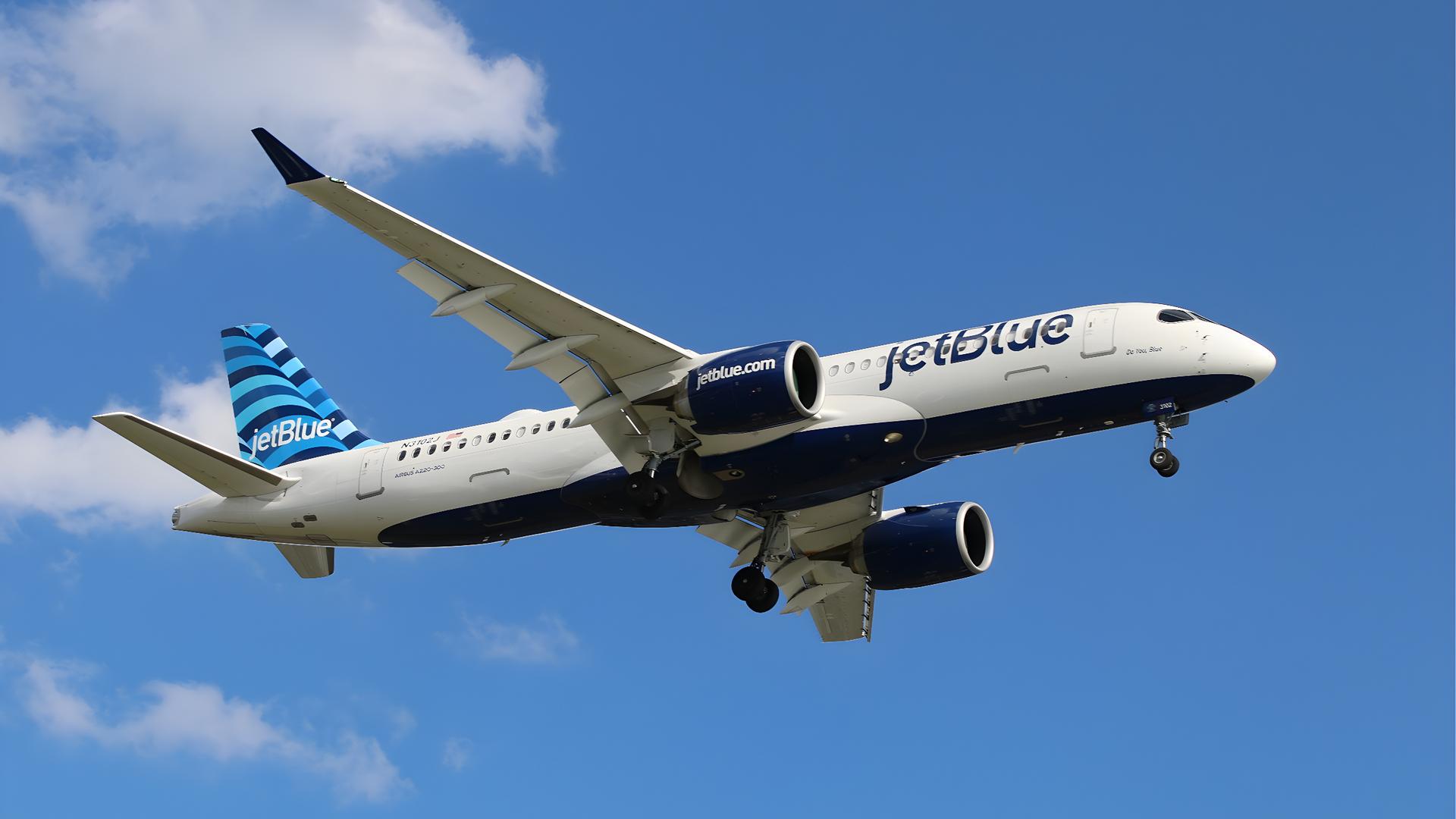
Several airlines, including Air France, JetBlue, and Breeze, would like an A220 stretch variant. Aggressively chasing a boost in A220 production would suggest that Airbus is looking at such a stretch more closely.
But even if Airbus can increase the plane’s production rate AND do so profitably, it also needs to convince many partners that the stretch variant is worthwhile. This includes convincing its engine suppliers. At the moment, all A220s fly with Pratt & Whitney PW1500G geared turbofan (GTF) engines.
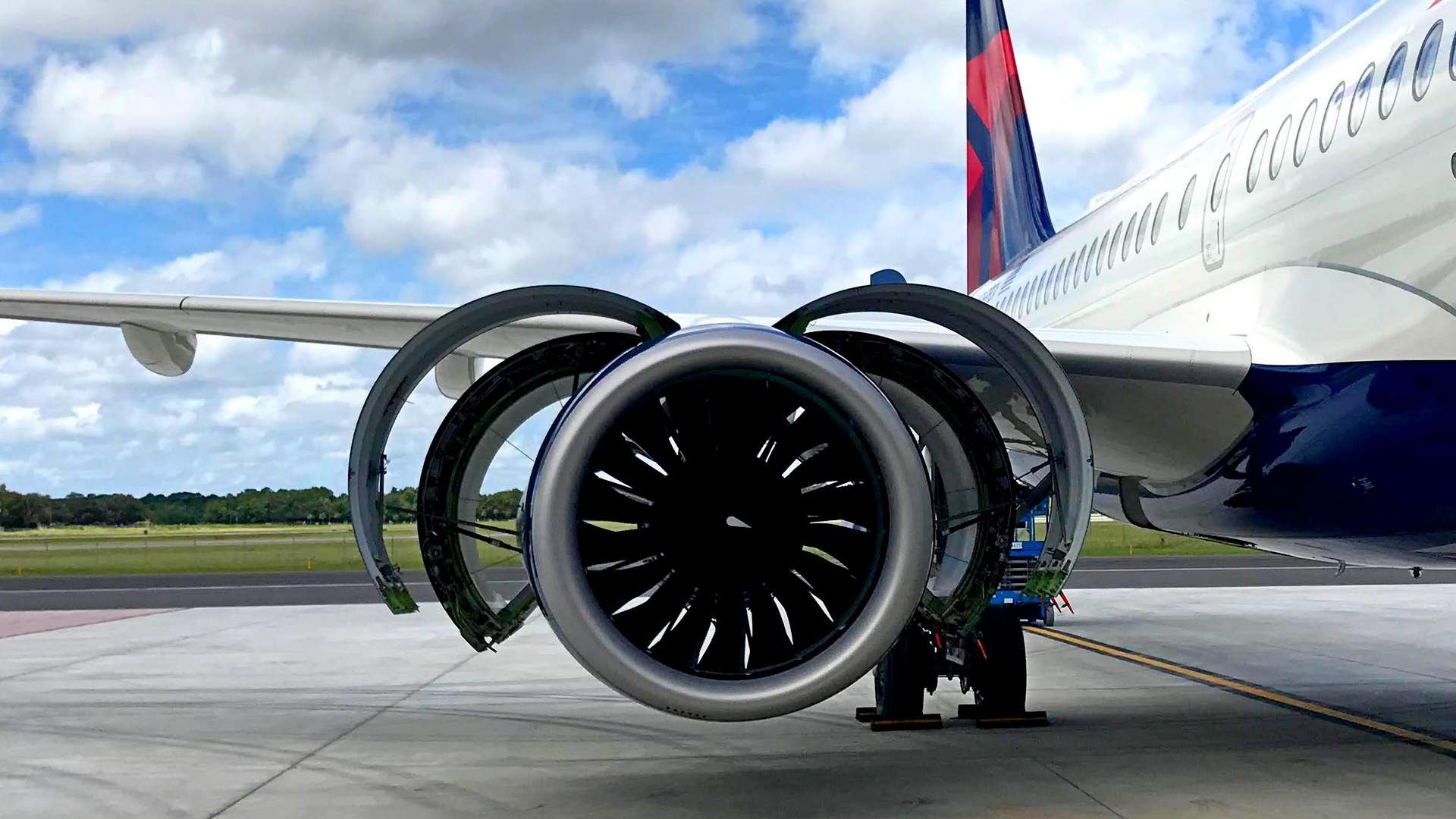
A220 Stretch and Some Airbus Partners…
Airbus is believed to want a second engine option for the A220 family – as is the case with the A320neo. But convincing new engine makers (i.e. GE and Safran, who make up CFM) to commit to such a plan could be difficult. Convincing Pratt & Whitney to design a more powerful GTF for an A220 stretch might be similarly difficult.

This is because the stretch variant would compete with the Airbus A320, which both P&W and CFM make engines for. Both engine makers still need to recoup their development costs for those A320neo engines. And spending more money to develop something new that will compete with something also new… could be a hard sell.
A stretch A220 would be considerably more efficient than the A320neo AND Boeing’s 737 MAX-8. That’s why the airlines, especially those already flying A220s, would quite like to get their hands on it.
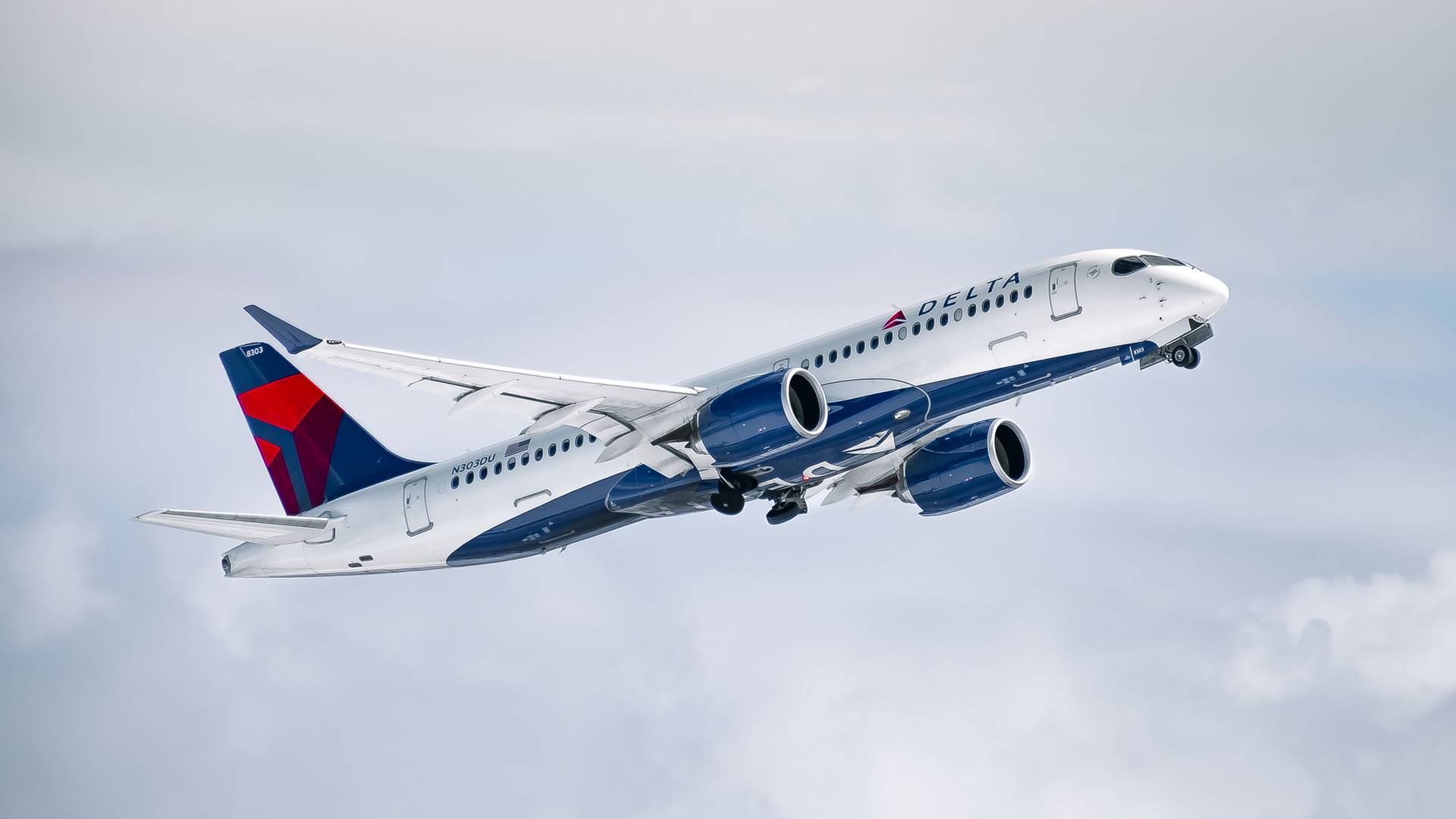
But beyond the Spirit AeroSystems split, the optimization of the rest of the plane’s production and (relatively) robust A320neo orders, as well as convincing its engine partners, is another obstacle that Airbus seems to have in launching the A220 stretch. However, overall, A320neo orders are definitely slipping in favour of the larger A321neo.
Airbus has repeatedly said that the launch of this variant is a question of “when”, not “if”. However, the industry’s continuing supply chain issues mean that guessing this launch date is not getting any easier.




1 comment
codyhaul
“Both engine makers still need to recoup their development costs for those A320neo engines.” – I’m curious to hear more about this